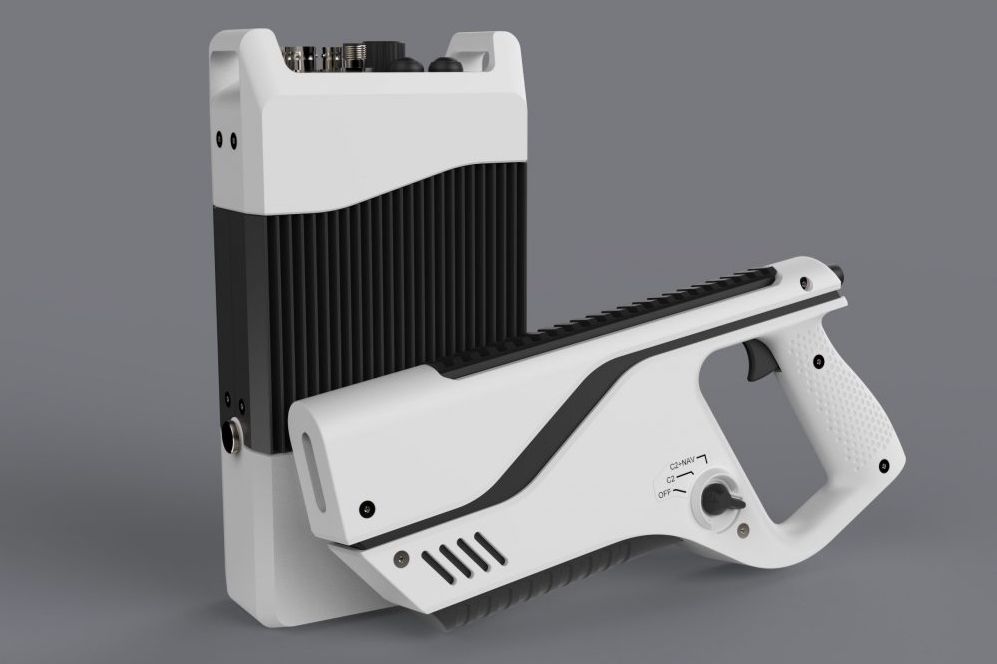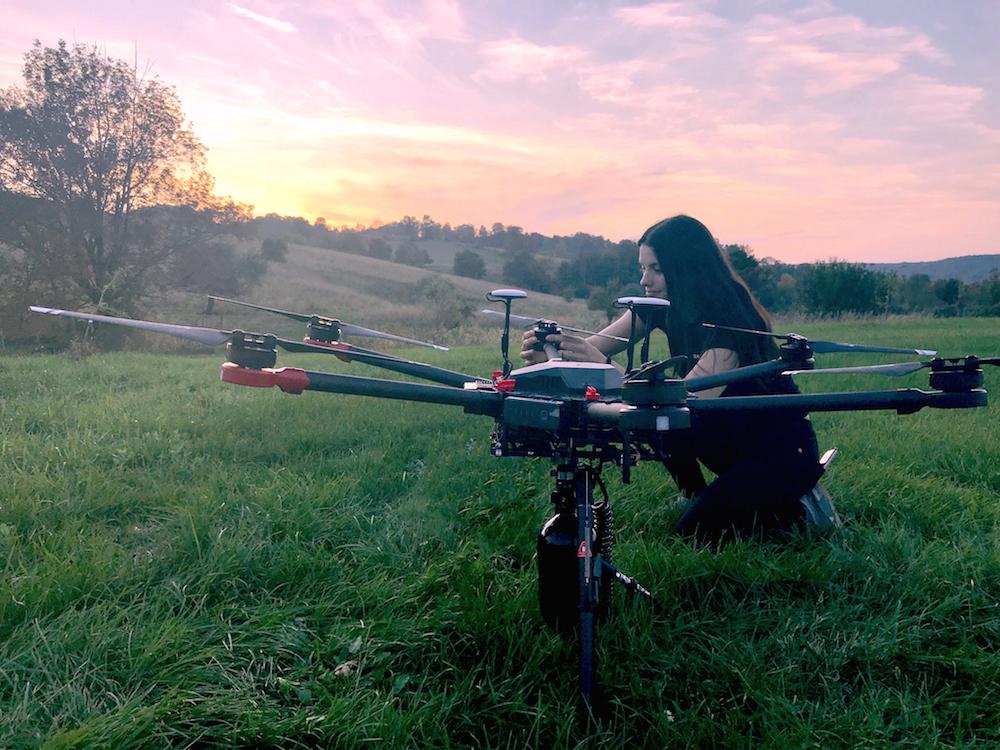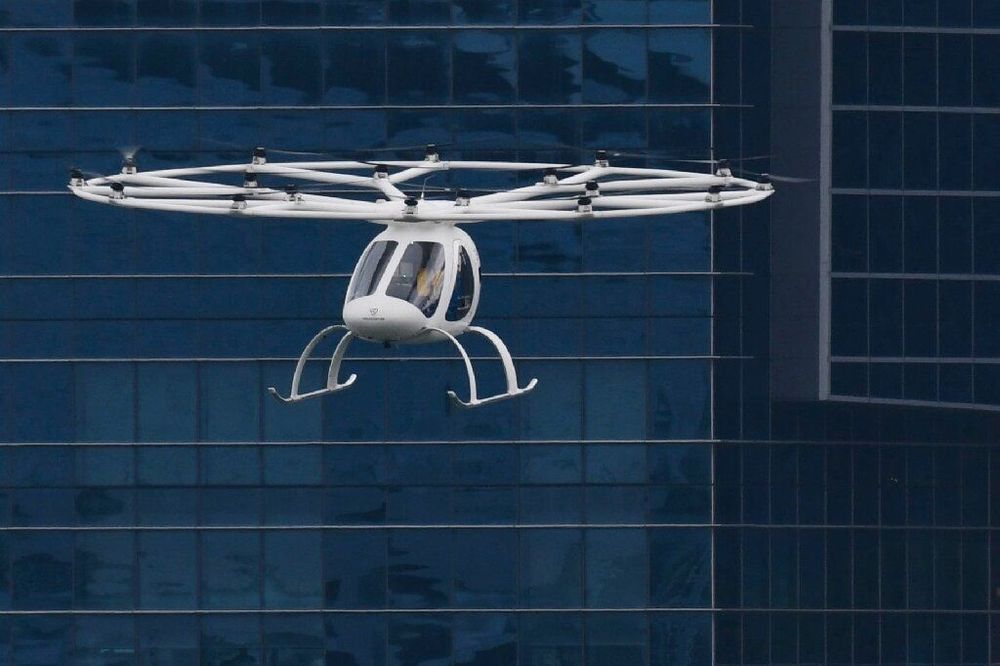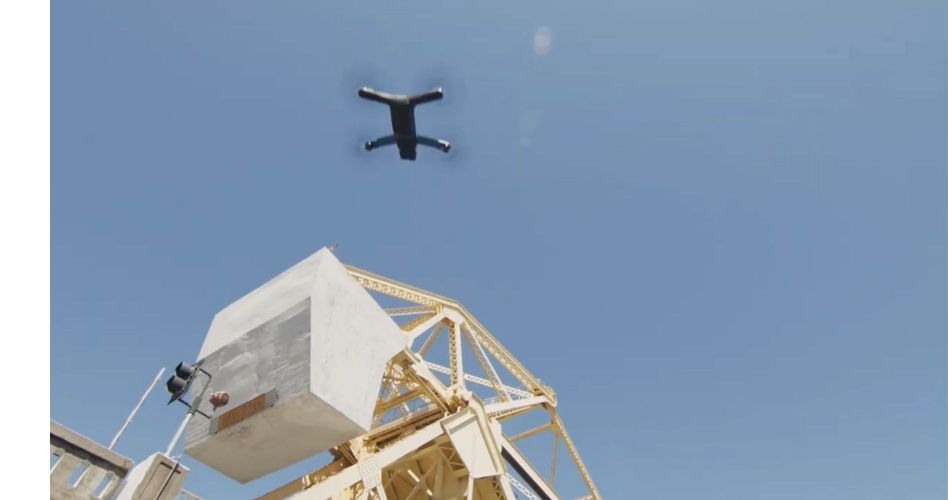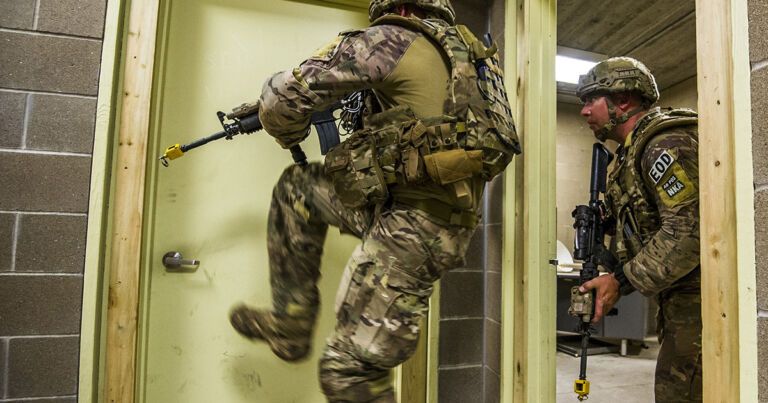For people such as soldiers, security officials and airport workers, drones aren’t always a welcome sight. That’s why drone-jamming guns were developed, and the new Paladyne E1000MP “pistol” is said to be one of the most compact on the market.
Manufactured by British company Drone Defence, the E1000MP works in the same fashion as similar products – it emits an electromagnetic signal at the same frequency that a target drone utilizes for control communications, GPS orientation, and video transmission. This causes the drone to lose communication with its operator, resulting in it automatically landing or returning to its point of take-off.
The gun has an operational range of 1 km (0.6 miles), and can be used with either a directional or omnidirectional antenna – the former focuses the jamming signal on one particular drone, while the latter spreads the signal out over a wider area that needs protecting.
